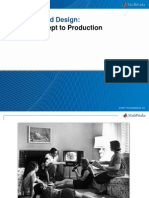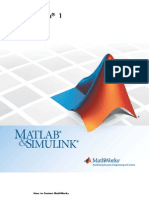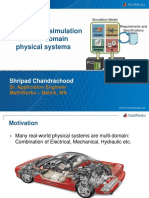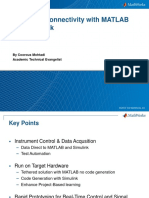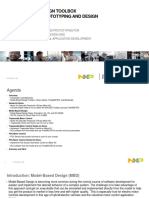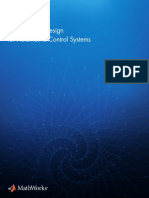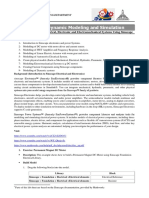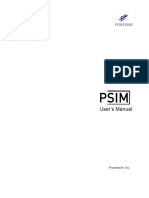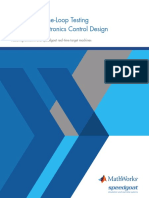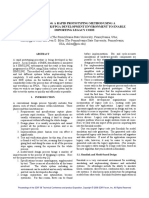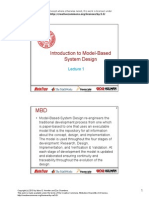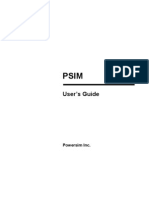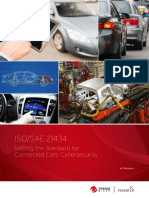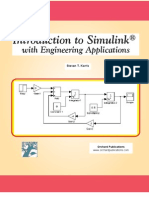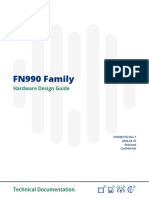0% found this document useful (0 votes)
153 views38 pagesSimulink for DC-DC Converter Design
The document discusses developing DC-DC converter control using Simulink. Key points covered include modeling the converter to calculate the most efficient operating region, determining power losses and thermal behavior, designing control algorithms and supervisory logic, implementing unit testing, and generating code for embedded targets. Rapid control prototyping is demonstrated using Simulink Real-Time and Speedgoat for an LED headlamp application.
Uploaded by
MuhammadCopyright
© © All Rights Reserved
We take content rights seriously. If you suspect this is your content, claim it here.
Available Formats
Download as PDF, TXT or read online on Scribd
0% found this document useful (0 votes)
153 views38 pagesSimulink for DC-DC Converter Design
The document discusses developing DC-DC converter control using Simulink. Key points covered include modeling the converter to calculate the most efficient operating region, determining power losses and thermal behavior, designing control algorithms and supervisory logic, implementing unit testing, and generating code for embedded targets. Rapid control prototyping is demonstrated using Simulink Real-Time and Speedgoat for an LED headlamp application.
Uploaded by
MuhammadCopyright
© © All Rights Reserved
We take content rights seriously. If you suspect this is your content, claim it here.
Available Formats
Download as PDF, TXT or read online on Scribd
/ 38
